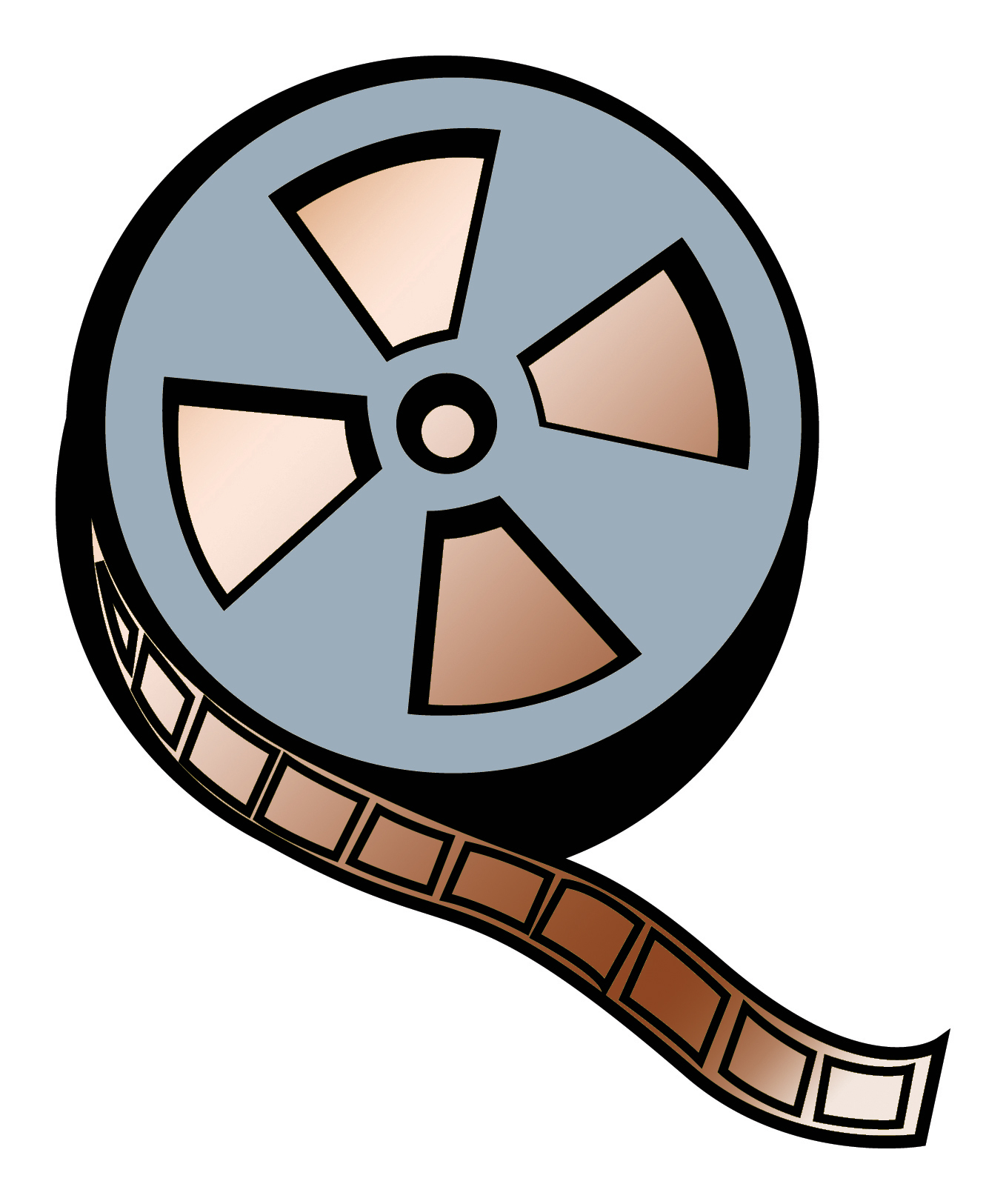Correct Quoting and Citing
 |
Holliday wrote in The Encyclopedia of Novels into Film that "The phenomenal success of Rowling's novels made film adaptations inevitable" (Holliday 176).This is one of the correct ways to use another author’s material in your own work. Note that Holliday’s words are surrounded by quotation marks and, following the quote, there is a notation in parentheses that tells the reader on which page in the book the quote can be found. |
Notice how the student put part of the citation (author and book title) inside the sentence itself. As long as all the necessary information is there, you have some freedom in how you cite. Keep in mind that some elements (like the page number or year) must be at the end of the sentence in parentheses.
Changing Quoted Material
Any time you need to change something inside the quote (like changing the tense of a verb or changing capitalization) to make it fit more smoothly into your sentence, you need to put [ ] (brackets) around what you change. Ordinarily, the rule about quoting material is that you have to reproduce the text exactly as it appeared in the original.
If you want to use just parts of a quote, use an ellipsis (...) to show where you skipped words. For example,
"Rights to the series were picked up by Warner Brothers...[and the] executives must have felt like lottery winners as they watched Pottermania grow with each successive novel" (Holliday 177).
![]()

